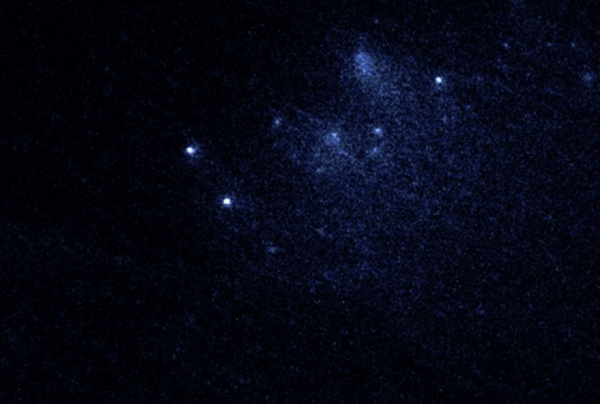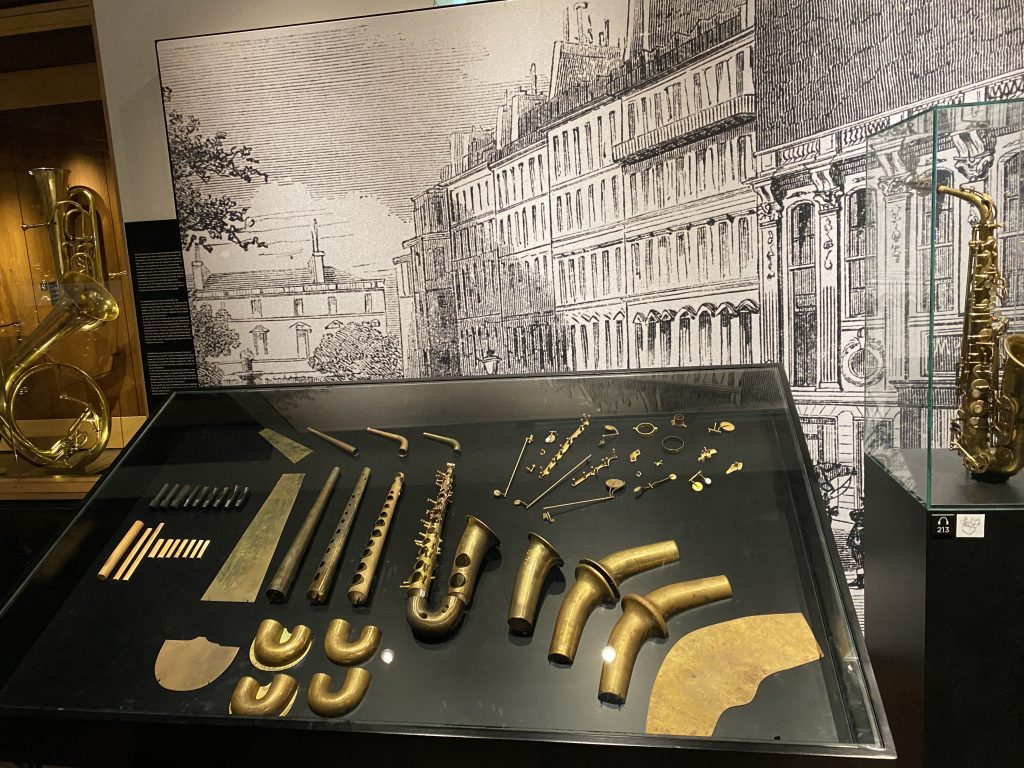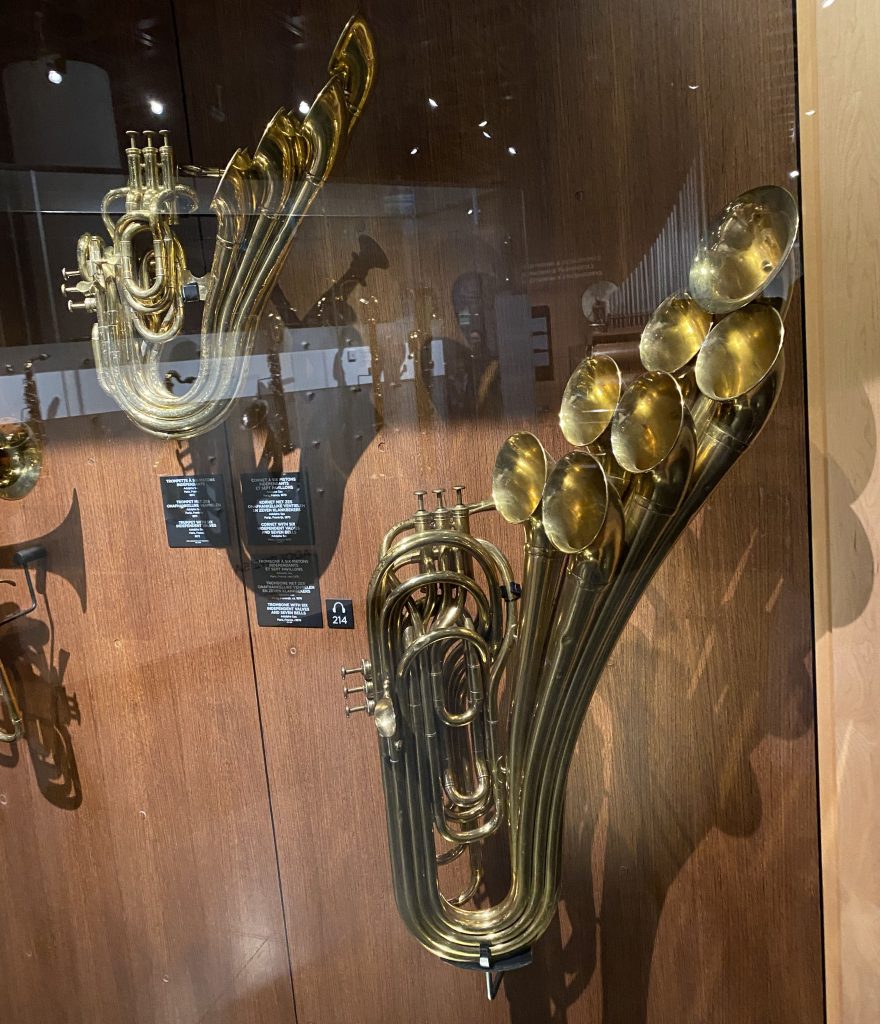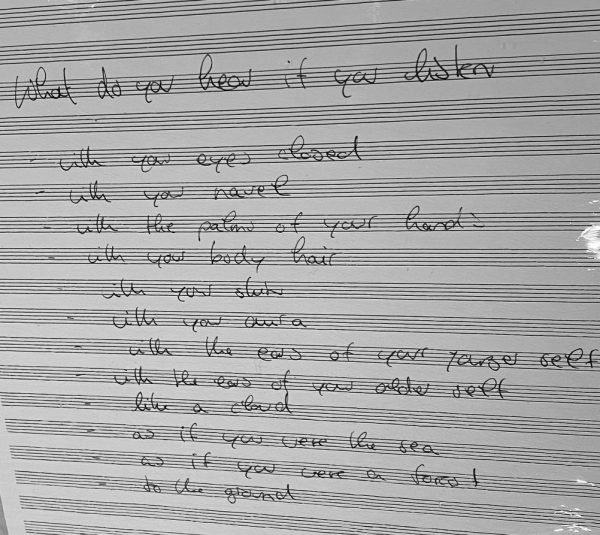The Berlin “Hamburger Bahnhof Nationalgalerie der Gegenwart” recently acquired “Phase Shifting Index” by Jeremy Shaw. As part of an exhibition of new acquisitions, Sam Bardaouil, the director of the museum and curator of this exhibition has installed the large-scale video and sound installation at the end of the long corridor of the “Rieckhallen”. The impressive, even overwhelming art work was created in 2020. It was first shown at the Centre Pompidou in Paris. 
The piece consists of seven large suspended screensand creates a space like in dance club, discotheque or dance studio. The visual and sound experience is allmost psychedelic. The near obsessional dancing shown on the screens represent different periods of dancing with their particular patterns of movements and choreographies. The phase of the electromagnetic waves is shifting from one screen to the other and towards the end of the performances it becomes clear, that they all follow a similar wave or rave pattern. Sublimation or ecstasy are the underlying index-like common traits. Each period or decade 50s, 60s, 70s, 80s, 90s, all had their peculiar dance and movement patterns. The video-installation is like a history of art of expression through body movement, amplified and indexed through rhythm and sound.
Electromagnetic waves can be characterized through wave shifting in various forms. This work gives us a feeling for the fascination of movement and phase shifting emotions. Don’t worry, the immersion ends after 10+ minutes and, if you like, you might read up on the physics of electromagnetic waves and phase shifting to calm you down.
Images: “Phase Shifting Index” by Jeremy Shaw, 2020, Berlin, Hamburger Bahnhof, 2024-9






